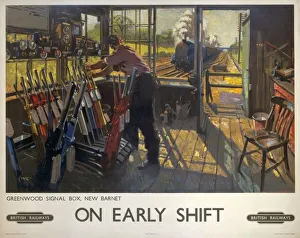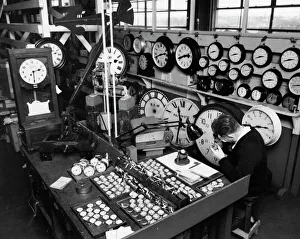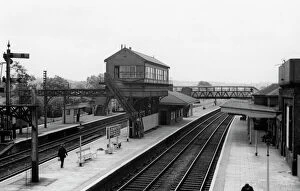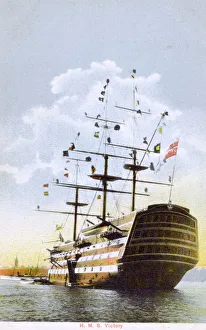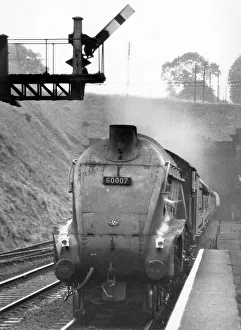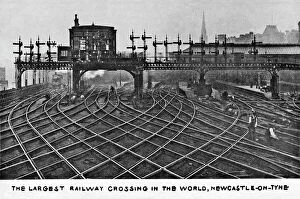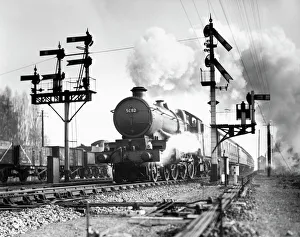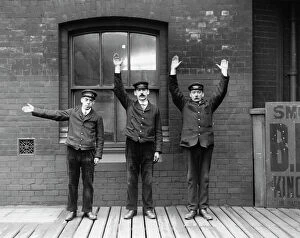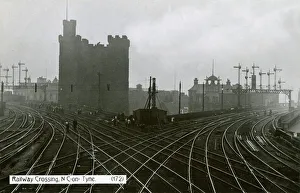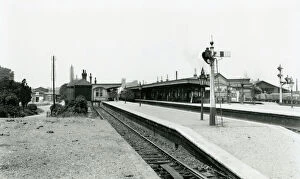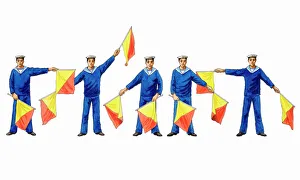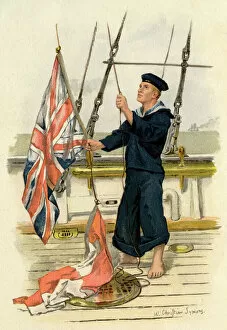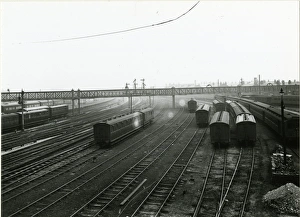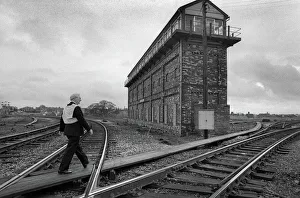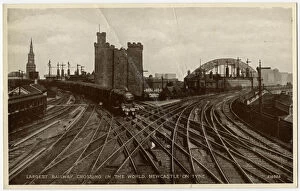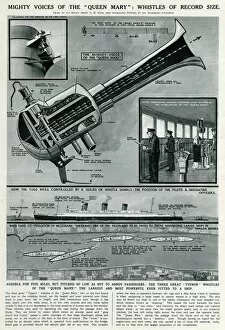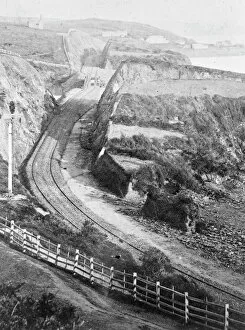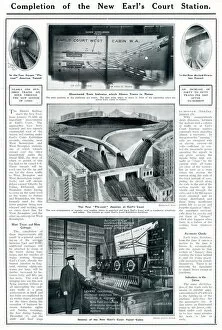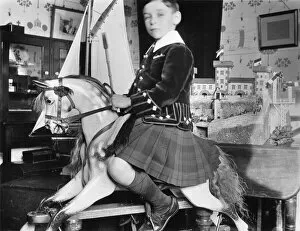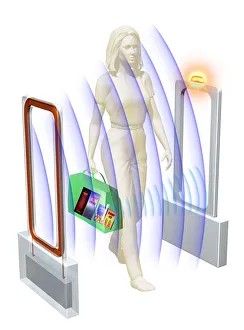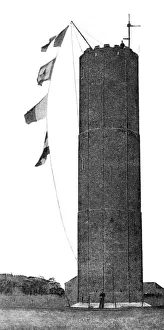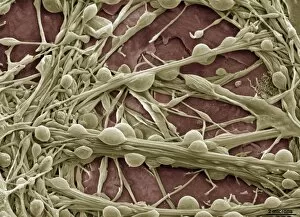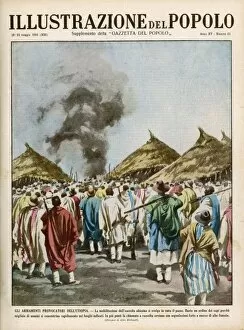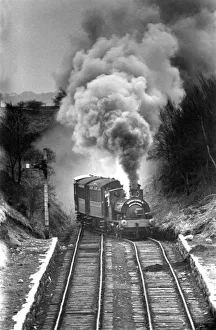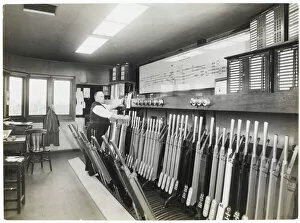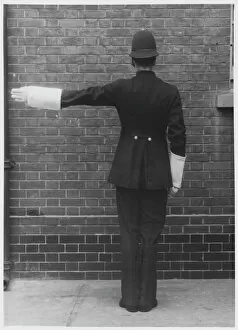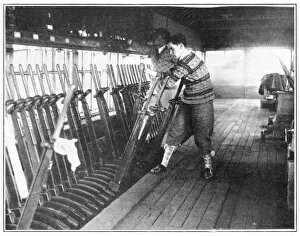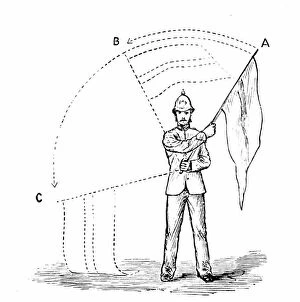Signals Collection
"Unveiling the Art of Signals: A Journey through Time and Technology" Step into the fascinating world of signals, where human ingenuity meets technological marvels
All Professionally Made to Order for Quick Shipping
"Unveiling the Art of Signals: A Journey through Time and Technology" Step into the fascinating world of signals, where human ingenuity meets technological marvels. This captivating poster, produced for British Railways in 1969, showcases a railway worker skillfully operating signals by hand, and is a testament to their dedication and expertise in ensuring safe journeys along the tracks. In Reading Signal Works' Clock Shop, time intertwines with precision as every tick synchronizes with the movement of trains. The year 1969 marks an era when manual operations still played a vital role in railway signaling systems. Delving deeper into the intricate workings of our nervous system, we encounter synapse nerve junctions captured under a TEM microscope. These tiny connections enable lightning-fast communication within our bodies—a remarkable parallel to how signals guide trains on their routes. The majestic HMS Victory sails triumphantly into Portsmouth Harbour, reminding us that even grand vessels rely on precise signaling to navigate treacherous waters safely. Just like railways depend on well-coordinated signals for smooth sailing across vast networks. Leominster Station stands frozen in time on June 27th, 1950—an emblematic moment showcasing how hand-operated levers controlled train movements meticulously. The steam locomotive Sir Nigel Gresley from Welwyn Garden City chugs forward gracefully—its power harnessed by skilled engineers who masterfully interpret these visual cues. No less impressive is No 5082 Swordfish—a Castle class locomotive departing Scours Lane hauling eleven carriages behind it. Hand signals demonstrated by staff from Lancashire and Yorkshire Railway exemplify the importance of clear communication between those responsible for guiding these mighty machines safely along their tracks. As we approach a railway crossing at Newcastle-on-Tyne or witness its counterpart at Newcastle-upon-Tyne—the significance of proper signalization becomes evident once again. Ensuring harmony between road traffic and rail transport demands meticulous coordination and adherence to signals.

